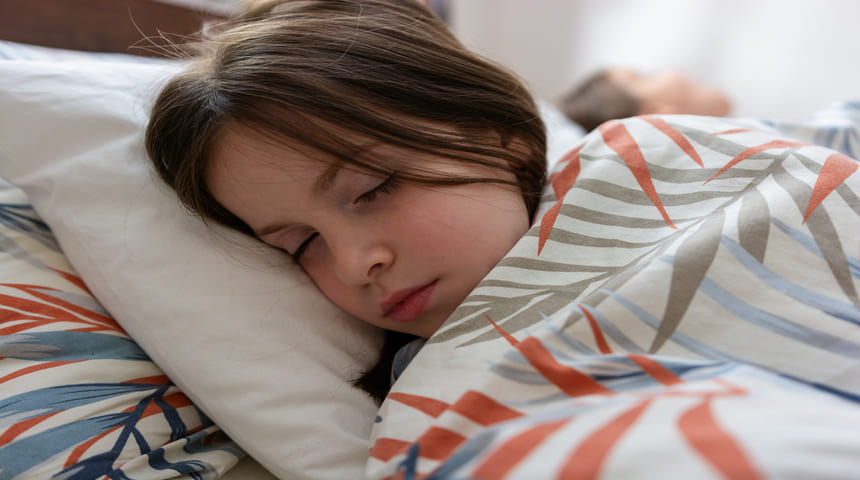How to Safely Travel with Kids During COVID-19
The COVID-19 pandemic has led to many parents with questions about how to safely travel for the holidays with their children in and around Orlando, as well as outside of the region. The more informed you are about travel protocols, the better you can prepare children ahead of time about what to expect at airports, hotel check-ins, theme parks and road trips.
Both residents and visitors are advised to avoid gatherings of more than 10 people, and to wear a mask when social distancing is not possible, according to the Florida Department of Health. Crowds, closed spaces and close contact are to be avoided — three basic “C’s” that you can teach your older kids.
The Outdoors Is Your Friend
Going to the beach is one of the safest activities you can do with a small family, provided your family maintains six to 10 feet of space between themselves and other beachgoers. With over 1,350 miles of coastline and county beaches, state parks and national seashores, Florida provides countless options for escape to a sparsely populated locale. Soaking in the breeze, the saltwater and the sunshine allows everyone to put away their masks, relax and recharge with much-needed fresh air. If grandparents are healthy, a beachside family get-together, even if you must keep some distance, is quite safe. Remember that the outdoors and human connection are vital for maintaining well-being for all ages — both physical and psychological.
Planes, Trains, Automobiles
Road trips are the optimal mode of travel for 2020 as they allow for reduced contact with other travelers, and you can select destinations that allow for your family to have a rewarding experience together.
Before you do anything, you’ll want to first ask yourself some questions:
-
How much spread of COVID-19 is occurring where you’re going? Look up the latest data you can find on when and where the virus is more widespread to assess your family’s risk.
-
How much spread of COVID-19 is occurring in your community, and what is the chance you (or someone in your household) has been exposed? If you don’t feel well or believe you’ve had an exposure, you may need to reconsider your travel plans.
-
Will you or your travel companions be able to maintain social distancing, and if not, for how long? If you must fly, for example, your risk of viral transmission is lower if you take a quick one- or two- hour flight vs. a five-hour, cross-country journey with a layover.
-
Are you or any household members at greater risk from catching COVID-19? Elderly adults (65+) and people with serious underlying medical conditions, including those under 18, are at higher risk from COVID-19.
Some state and local governments may have in place certain travel restrictions, so be sure to check these before you go and while on the road, as conditions can swiftly change. You’ll want to be able to adjust your plans if needed and navigate local orders. Further guidelines are available from the Centers for Disease Control and Prevention (CDC).
Tips for a Happy and Healthy Family Adventure
Whatever mode of travel you choose, your task as a parent is to anticipate your family’s needs before you leave. Explain to children beforehand about any changes in routine so they aren’t anxious or surprised. You might even involve them in “trip tasks.” Some ideas include:
-
If a child looks forward to stopping at a favorite restaurant on the way to your destination, have them help you pack the snack basket for the car, explaining that for now, your family will be bringing your own food and drinks and picnicking roadside, rather than dining out.
-
Inform children that you’ll have to bring and wear your masks in confined public places, just as you would when close to home.
Are You Interested in Learning More?
Sign up for our e-newsletter for more tips and best practices from pediatricians.
Sign Up Here





